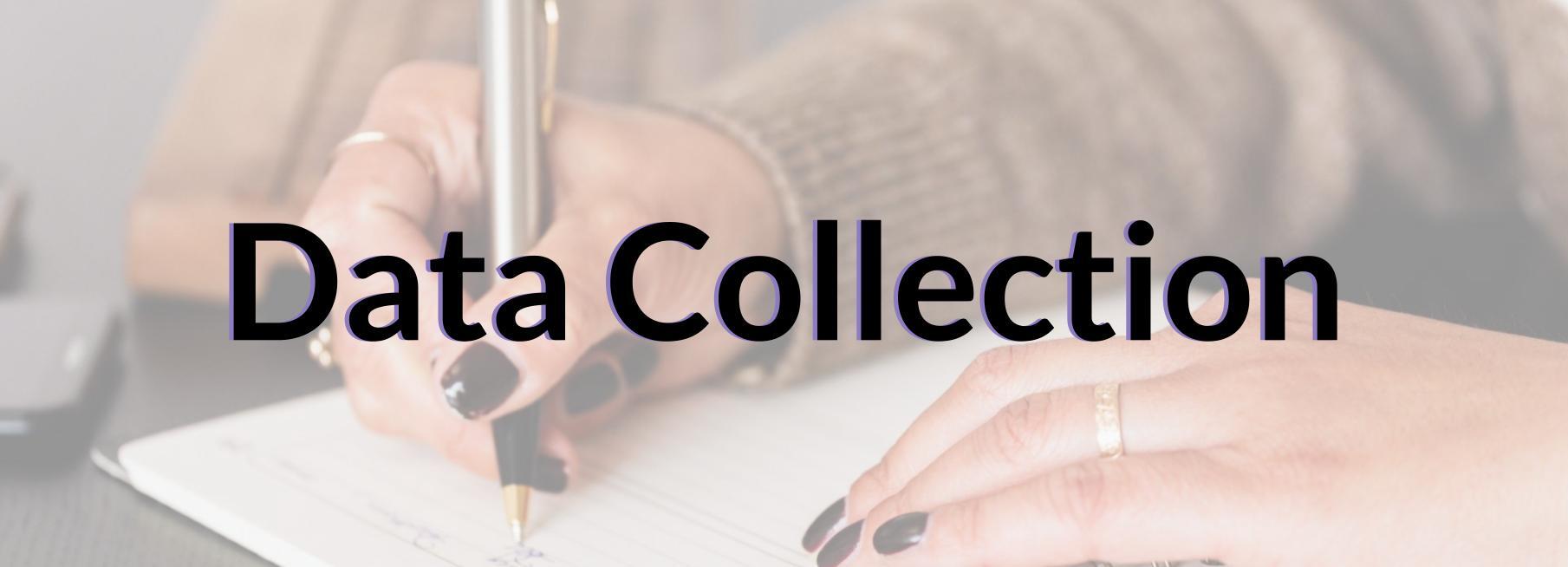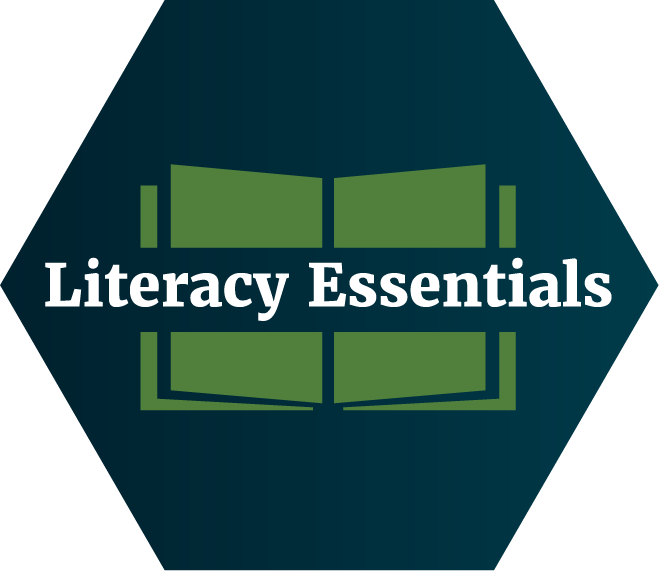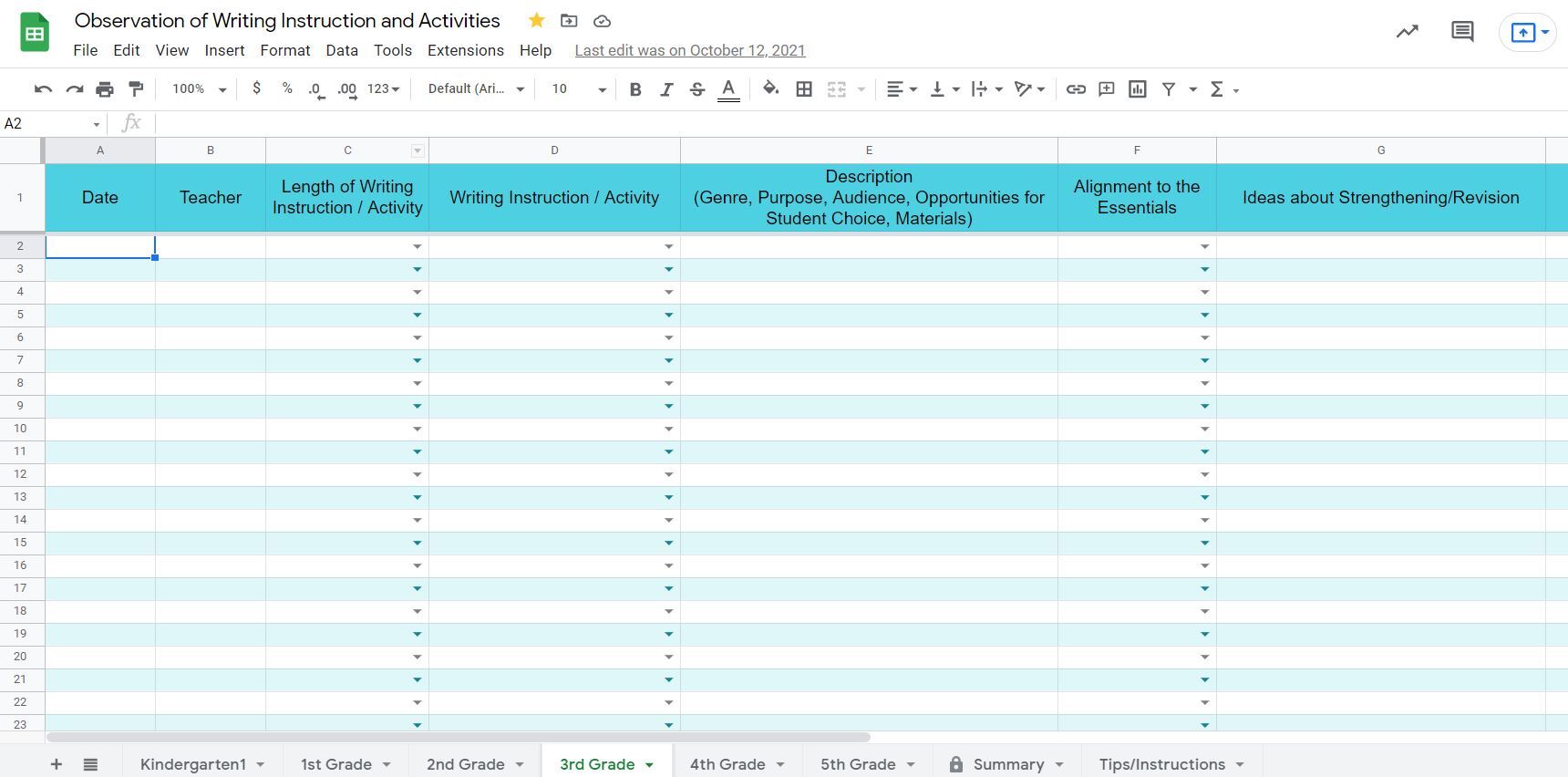
Coaching Cycle Data
Coaching Cycle Data Collection Project Description
Information Sheet Regarding
Collecting Data about Student Learning During Coaching Cycles
- As stated in the “Purpose” section of the Essential Coaching Practice for Elementary Literacy, literacy coaching has “a primary goal of enhancing classroom literacy instruction through improving teacher expertise. . . . In addition, through improving teacher expertise and the quality of core instruction, student achievement increases.” With these goals in mind, we recognize that some coaching cycles focus primarily on enhancing teacher practice – such as using assessments to create small-group instruction, pacing small-group instruction, and developing purposeful literacy activities for students to complete when the teacher is delivering small-group instruction. In other cases, coaching cycles focus primarily on student learning – such as improving students’ phonics skills or writing proficiency. While both types of coaching cycles are important and we are providing templates for both, coaching cycles that focus primarily on student learning are the target of this data collection process.
- For the pre- and post-instruction assessments, some coaches and teachers may decide to use informal and formal assessments which are currently being used in the district. In addition, coaches and teachers should feel free to create their own pre/post-instruction assessments (e.g., checklists, observation forms, rubrics, interview sheets) that align to the student learning goal of the coaching cycle.
- The data is being collected to provide evidence of the impact of literacy coaching on student learning to a variety of audiences – the ISD Early Literacy Coaching Network, the Early Literacy Task Force, GELN members, and other possible audiences.
- The data might be shared in several ways. Legislators, for example, might be most interested in a global statement about the findings, such as “Across the 105 coaching cycles, 85% of the students met or exceeded the learning expectations.” On the other hand, early literacy coaches might want additional information, including what areas of literacy were addressed (e.g., phonics, comprehension, writing, vocabulary) and how many students met or exceeded expectations in each area.
- Only aggregated data (as described in #4) will be shared. No names of individual coaches or teachers will be shared. (Coaches can use pseudonyms for themselves and the teachers if they prefer.) The only people with access to the documents submitted by the coaches will be Dr. Susan L’Allier. For this round of data collection, coaches should send their Coaching Cycle Data Collection documents (Word, PDF, Google) to Dr. L’Allier at slallier1@niu.edu
- The goal for the spring of 2024 is to gather at least 100 examples of the effect of coaching cycles from across the state.
Data Collection Templates

Resources:
* The coaching activity tables in the following documents are optional.
-
Coaching Cycles about Student Learning - MAISA - Template - newly revised to provide example
-
Coaching Cycles about Student Learning - MAISA - Guidelines - new this year as a support resource
-
-
Coaching Cycles about Teacher Practice - MAISA - Template - new this year for teacher practice focused cycles
-
Coaching Cycles about Teacher Practice - MAISA - Guidelines - new this year as a support resource
-
For those using the Diane Sweeney Student Centered Coaching Templates, coaches submit a copy of what they already collect with the Sweeney tool, with one additional piece added around the time spent coaching. See these templates below as optional support. It is not required to transfer information from your current tool to these versions. When submitting a copy of your current Results-Based Coaching Tool, simply add a summary of the total time spent coaching and a summary list of the coaching activities you engaged in during the cycle. These activities are named in the first column of the table on pages 2 and 3.
- Results-Based Coaching Tool - Sweeney - Student Learning
- Results Based Coaching Tool - Sweeney - Teacher Practice - new this year as a support resource






